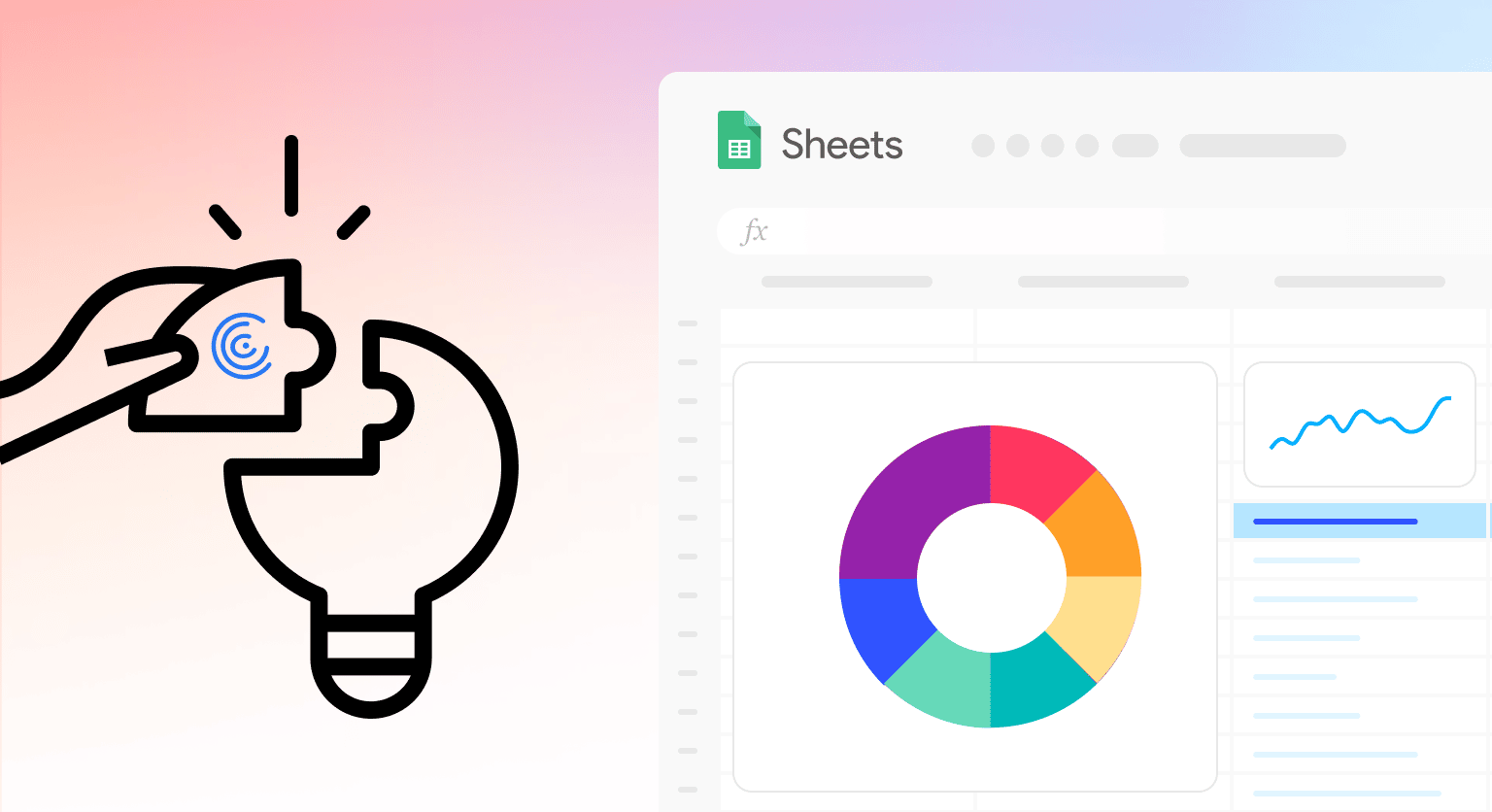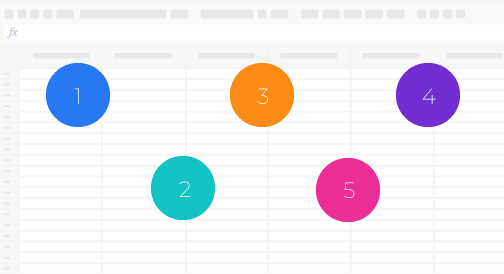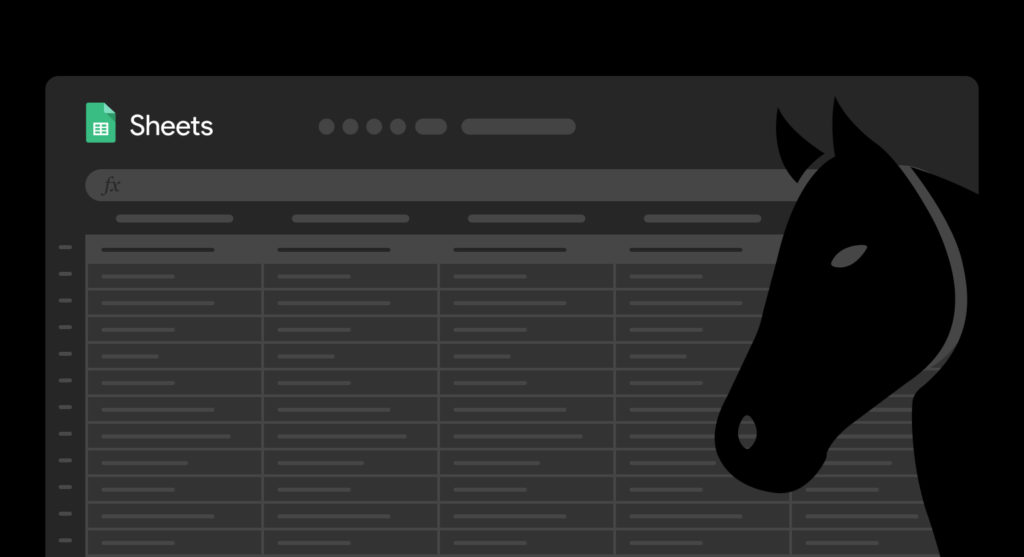“Reports of my death,” the American novelist Mark Twain once said, “are greatly exaggerated.” This is also true for the spreadsheet, as I discussed in my previous article. Spreadsheets are so ubiquitous, they’ve almost become invisible to us.
But back in 1979, the spreadsheet was considered the “killer application” for the Apple II. Of course, nobody would describe the spreadsheet this way today, just as nobody would gush about the electric lightbulb. These inventions are so interwoven in our lives, they’re taken for granted.
But this everywhereness of the spreadsheet has made it the sleeping giant of data analytics. Today, spreadsheets claim 1 billion+ users across the world. Everyone knows how to use them, and everyone has access to them. And once that giant awakens, a new era of data surplus will rise.
Spreadsheets Can Do (Almost) Anything Business Users Need
It’s no surprise that business users still prefer spreadsheets to other tools in the data stack. The spreadsheet empowers business users to analyze and visualize data in an intuitive interface that they feel comfortable in.
Spreadsheets can already handle the use cases business users encounter: sales forecasting, win-loss analysis, invoicing, and so on. These use cases are a better fit for the visualization capabilities, ease-of-use, and tabular format of spreadsheets.
So why force business users into a complicated data stack to get the same results?
The modern data stack requires knowledge of SQL. But business users don’t need to know SQL to use spreadsheets. With spreadsheets, business users can manipulate, format, and analyze data using a familiar programming language of preset functions, arithmetic operators, and business logic.
Business users can also perform most of the BI functions they need within a spreadsheet. They can build critical reports and dashboards in a simple, flexible interface without waiting for the data team. And their domain expertise ensures that the underlying KPIs are accurate and trustworthy.
But despite their versatility and flexibility, spreadsheets do possess significant limitations. Spreadsheets are:
- Disconnected from source systems
- Limited in automation capabilities
- Incapable of data traceability
- Uncentralized, with multiple versions of the truth
These shortcomings keep business users from activating the full potential of their spreadsheet.
Spreadsheets Turn Business Users into App Makers
Business users need more than self-service data tools. They need to make data actionable. To do this, business users must find a way to create reusable business applications for BI and team collaboration. This allows business users to replace the products of the data team with their own apps.
The spreadsheet is clearly the best low-code engine for app-building. Spreadsheets are embedded in every company worldwide, and business users know how to use them. Business users can already develop dashboards, lead tracking reports, and other assets in spreadsheets. However, business users can’t create shareable real-time applications using spreadsheets, due to the limitations discussed above.
And that’s where Coefficient comes in.

Stop exporting data manually. Sync data from your business systems into Google Sheets or Excel with Coefficient and set it on a refresh schedule.

Coefficient turns business users into builders. We enable business users to leverage the familiar technology of spreadsheets to create reusable business applications. Business users, with their knowledge of the spreadsheet programming functions, become app developers in their own right. With Coefficient, business users connect, build, and collaborate to create business applications.
- Connect – Connect spreadsheets to any system to pull/push live data. Create bidirectional applications by leveraging 2-way data flows between spreadsheets and company systems.
- Build – Harness live data and spreadsheet automations to power real-time business applications. Leverage a low-code spreadsheet engine to build live dashboards, web apps, and other business applications.
- Collaborate – Share KPIs and dashboards from business apps through Slack and email to make data actionable.
With Coefficient, business users can create shareable real-time business apps to close the data gap on their own. We’re the missing link in the modern data stack.
Coefficient: The Missing Link in the Modern Data Stack
As the volume of data continues to grow in organizations, and the data team gets stretched thinner, companies will need business users to act independently to close the data gap. That’s why 66% of companies say self-service is now essential for business users.
But self-service isn’t enough. In order to make data actionable, business users need a way to produce real-time BI and data apps. Using spreadsheets as a low-code engine, business users can create shareable business applications based on their domain-specific knowledge for consumption across teams and orgs.
Coefficient bridges the modern data gap by allowing business users to create real-time applications without being dependent on their data teams. As a result, business users can get the insights they need, when they need them, and live in a culture of data surplus.
The sleeping giant is about to rise — are you ready for the next era of data analytics?
 Navneet Loiwal
Navneet Loiwal
CEO Coefficient





